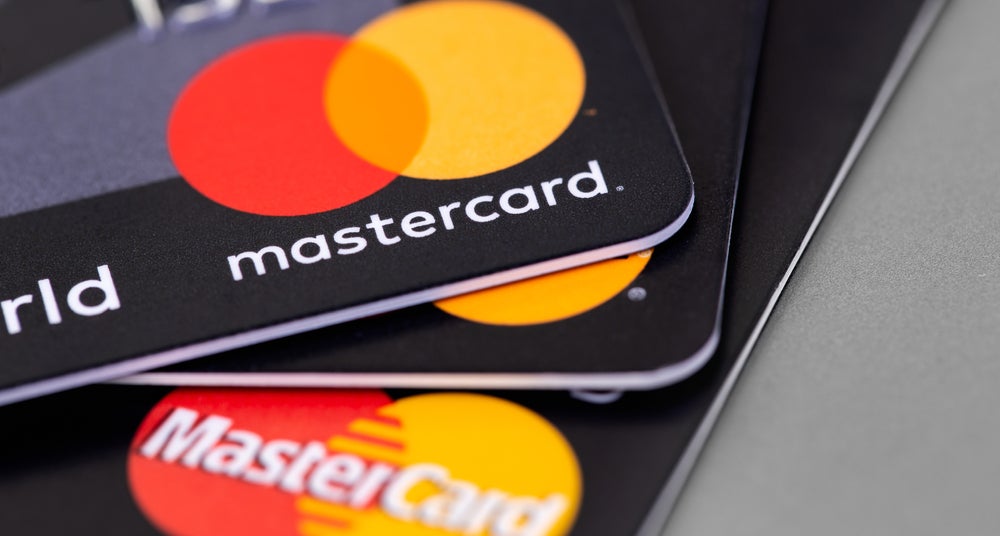Scandianavia is often looked at as one of the most innovative markets with regards to finance. This innovation is particularly apparent in cards and payments within the region. This has greatly aided the booming e-commerce market, which, in turn, helps growth prospects in the financial sphere
The Swedish payment cards market is highly developed. Average monthly card transactions and average annual spend per card are higher in Sweden than in other European markets such as the UK, NL and Germany, though they lag behind Nordic peers Denmark, Norway and Finland.
Payment card use in Sweden has been driven by concerted government and bank efforts, and consumer willingness to adopt. As a result, payment cards are gradually replacing cash, and are now used even for small-value transactions by newspaper vendors, homeless magazine sellers and for church donations. Overall, the payment cards market grew at a CAGR of 6.87% between 2010 and 2014, in terms of transaction volume, and 5.66% in terms of transaction value. A similar trend is anticipated over the next five years.
The Swedish government’s policy for a cashless society and prevailing negative interest rates are anticipated to further drive card transaction volumes and values between 2015 and 2019.

In Sweden, payment card transactions overtook ATM cash withdrawals in 2002. The increase in POS terminals has been paralleled by a substantial increase in the use of payment cards, with the volume of card transactions at POS terminals increasing substantially to reach 2.6 billion in 2014, accounting for 91.3% of the overall payment card transactions.
How well do you really know your competitors?
Access the most comprehensive Company Profiles on the market, powered by GlobalData. Save hours of research. Gain competitive edge.

Thank you!
Your download email will arrive shortly
Not ready to buy yet? Download a free sample
We are confident about the unique quality of our Company Profiles. However, we want you to make the most beneficial decision for your business, so we offer a free sample that you can download by submitting the below form
By GlobalDataAccording to the World Bank’s Global Findex survey 2014, the percentage of the Swedish population aged 15 or over with a bank account reached 99.7% in 2014. This resulted in high penetration of bank accounts and debit cards. Banks in Sweden are therefore looking to differentiate their product offerings, eg with card customisation. Marketing strategies include serving niche segments such as students, high-income consumers and SMEs.

Measures to tackle deflation drive spending
The central bank of Sweden is using the repo rate to tackle deflationary pressure. This rate was gradually reduced from 1.25% in December 2010 to 0.00% in October 2014, and remained 0.00% until the end of 2014. As a result, bank lending grew, resulting in increased consumer spending and economic growth.
To combat deflationary pressure, the central bank decreased the repo rate to -0.10% for the first time in February 2015, and to -0.35% in November 2015, resulting in negative returns on savings and deposits with commercial banks. The move led consumers to spend rather than save money in banks.
Contactless technology still at a nascent stage
Despite the popularity of payment cards, adoption of contactless cards is still very low in Nordic countries including Sweden in comparison to other European countries such as the UK and France. At the end of 2015, there were only 100,000 contactless cards, 0.4% of all payment cards.
According to Timetric analysis, this low adoption is because banks have not been pushing for it, although ICA Banken plans to issue 560,000 contactless cards by the end of 2016.
The rising number of businesses and street vendors accepting payment cards for small-value transactions, contactless technology is anticipated to further drive payment card transaction volumes over the next five years.

E-commerce market offers growth prospects
The e-commerce market grew from $6.7bn (SEK48.4bn) in 2010 to $12.4bn, at a CAGR of 16.48%. Rises in internet and smartphone penetration, and investment in online payment infrastructure supported this growth.
To make online payments more efficient and secure, the European Banking Authority (EBA) published final regulations on the security of online payments in December 2014. The guidelines are applicable to all 28 EU members, including Sweden, for implementation from August 1, 2015. These include strong identity verification measures, customer awareness programmes, and consumer data protection.
According to a 2014 central bank study on the payment behaviour of Swedish consumers, credit cards were the most preferred payment method for online purchases. Payment cards accounted for 39% of the overall e-commerce transaction value in 2014.
These three instruments accounted for 64% of the total e-commerce transaction value in 2014. However, emerging payments such as digital wallets and m-payments- including mobile wallets and carrier billing- are also increasingly being used for e-commerce transactions.







